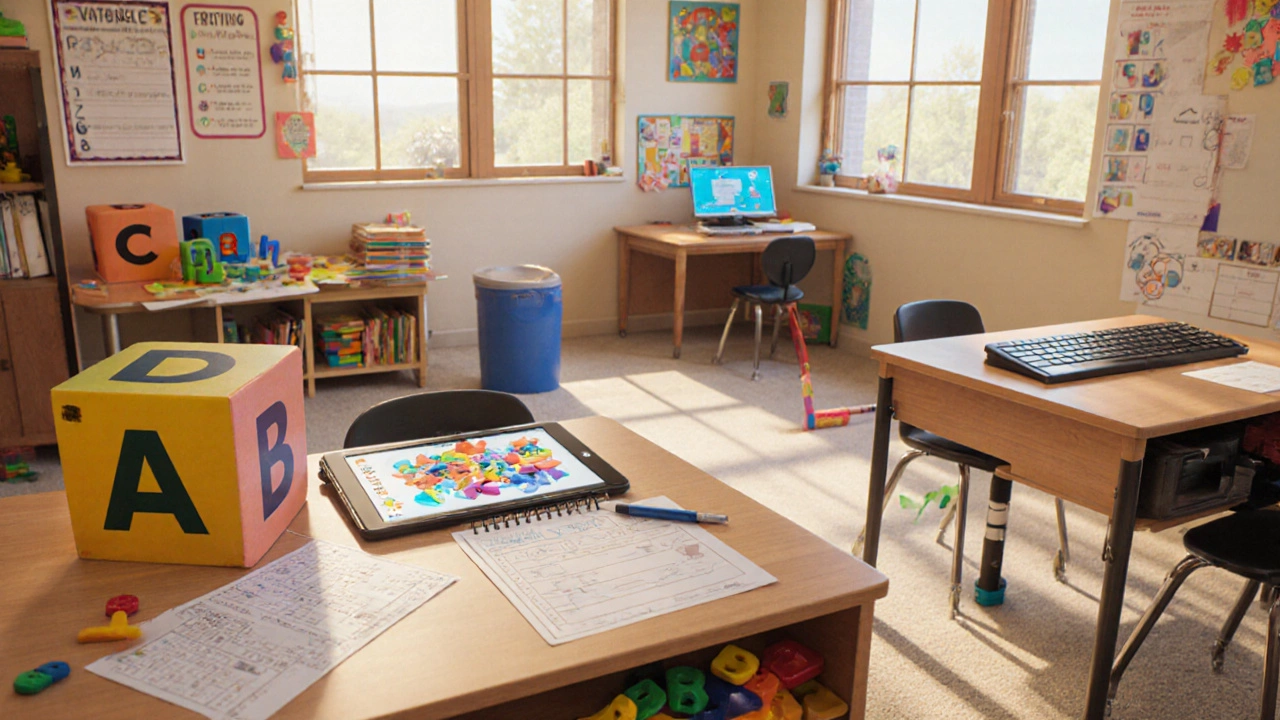Dysgraphia – Understanding, Support & Resources
When talking about Dysgraphia, a specific learning difficulty that affects writing skills, including spelling, handwriting, and composition, also known as writing disorder, it's useful to see how it fits within the broader landscape of learning challenges. ADHD, a neurodevelopmental condition marked by attention and impulse control issues often co‑occurs with dysgraphia, making classroom strategies more layered. Likewise, learning difficulties, a group of conditions that impede the acquisition of academic skills provide the context in which dysgraphia is diagnosed and addressed. Finally, the way we talk about these conditions matters: special needs, individuals who require tailored educational approaches due to diverse abilities and the shift toward inclusive language, terms that respect identity and avoid stigma both shape perception and the support provided. In short, dysgraphia encompasses handwriting challenges, requires specific teaching tools, and is influenced by related conditions like ADHD and the broader conversation around inclusive education.
Why Understanding Dysgraphia Matters for Everyone
Teachers often notice dysgraphia when a pupil struggles to form letters, slows down during timed writing, or produces uneven spacing. These signs point to the underlying neurological differences that make fine‑motor coordination harder. Recognizing dysgraphia early helps educators apply targeted strategies—such as multisensory spelling drills, keyboarding practice, and visual‑spatial supports—so students can keep pace with peers. Parents benefit too; knowing that a child’s writing woes aren’t just a lack of effort opens doors to occupational therapy, assistive tech, and home‑based practice plans. For adult learners, dysgraphia can affect note‑taking and professional documentation, so workplace accommodations become essential. All of this ties back to the broader issue of learning difficulties, where each condition may require its own set of interventions, yet many share common tools like structured feedback and individualized goal setting.
Inclusive language plays a subtle but powerful role. When we shift from “special needs child” to “neurodivergent learner” or “student with dysgraphia,” we reduce stigma and encourage a growth mindset. This linguistic choice influences policy, too—schools that adopt inclusive terminology are more likely to implement universal design for learning (UDL) principles, benefitting not just dysgraphic students but anyone who learns differently. The overlap with ADHD is a case in point: combined support plans that address attention regulation and fine‑motor tasks often produce better outcomes than separate, siloed approaches. By viewing dysgraphia as part of a spectrum of learning differences, educators can design lessons that are adaptable, engaging, and accessible.
Below you’ll find a curated collection of articles that dive deeper into these topics. From practical homeschooling tips for kids with ADHD to the latest inclusive language guide, each post offers concrete ideas you can try today. Whether you’re a teacher shaping a lesson plan, a parent seeking home strategies, or an adult learner looking for workplace hacks, the resources here aim to empower you with clear, actionable steps for living and learning with dysgraphia.

Understanding the Four D's of Learning Disabilities: Dyslexia, Dysgraphia, Dyscalculia, Dyspraxia
- by Eliza Fairweather
- on 21 Oct 2025
Explore the four D's of learning disabilities-dyslexia, dysgraphia, dyscalculia, and dyspraxia. Learn their signs, causes, classroom strategies, and how to get proper support.
